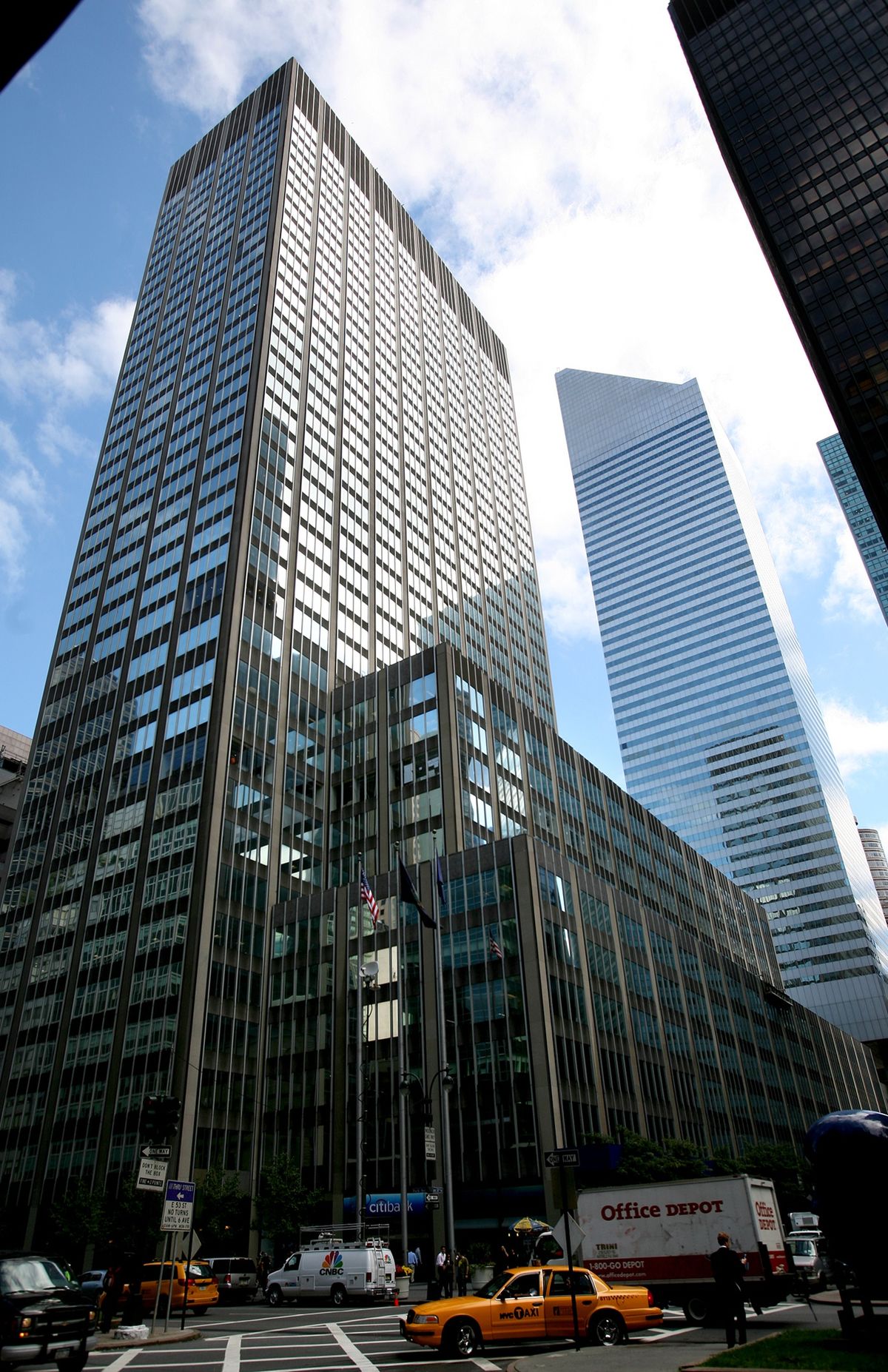Bank shakeup could raise fees
Wachovia sale leaves three superbanks

NEW YORK – The sale of Wachovia’s deposits and other assets to Citigroup on Monday leaves the nation with three superbanks, reshaping the U.S. banking landscape in the midst of unprecedented financial upheaval.
For customers of those institutions – Bank of America, Citigroup and JPMorgan Chase – the consolidation may result in higher fees on everything from checking accounts to bounced checks and overdrafts, and lower interest-rate yields on deposit accounts, banking experts said.
Loan availability also remains in question in the near term, particularly after congressional defeat of the government’s proposed financial bailout plan.
“The larger the bank is, theoretically, the more power they have to set pricing and other policies,” said Nancy Atkinson, senior analyst at Aite Group, a financial services research firm. “I expect we’ll start to see free checking accounts start to disappear, and rates on overdrafts could go up. Savings rates could drop.”
But the news isn’t all bad. Atkinson and others are convinced that the approximately 8,500 remaining regional and community banks nationwide will continue to play a role, providing consumers with more options.
“If you are a customer of the Big Three, you’re probably going to see some increased fees because these banks have increased their market shares – dramatically in some instances,” said Tim Yeager, associate professor of finance at the University of Arkansas and a former economist at the Federal Reserve Bank of St. Louis. “From the community bank point of view, I don’t think you’re going to see much change.”
More customer service glitches can be expected as Citigroup Inc. absorbs most of Wachovia Corp. and JPMorgan Chase & Co. consolidates the branch network of the nation’s largest savings and loan, Washington Mutual Inc., according to Michael Pagano, finance professor at the Villanova University School of Business. That could range from delays or inattentiveness to confusion over fees as two systems are integrated.
However, he was not overly concerned about the risk of much higher costs from a quasi-monopoly created by the recent bank purchases.
“If we had five banks in the whole country, I’d be worried about market power,” Pagano said. “But there are more than 8,000 banks. And even credit unions are a viable alternative, from large ones to small mom-and-pops with $10 million in assets.”
Wachovia, based in Charlotte, N.C., on Monday became the latest casualty of the widening financial crisis after Citigroup agreed to buy its banking operations for about $2.16 billion in a deal brokered by federal regulators.
The deal greatly expands New York-based Citigroup’s retail franchise – giving it a total of more than 4,300 U.S. branches and $600 billion in deposits.
But it comes at a cost: Citigroup Inc. said it will slash its quarterly dividend in half to 16 cents. It also will dilute the value of existing shares by selling $10 billion in common stock to shore up its capital position. Citigroup shares closed down $2.40, or 11.9 percent, to $17.75 on Monday.
In addition to assuming $53 billion worth of debt, Citigroup will absorb up to $42 billion of losses from Wachovia’s $312 billion loan portfolio, with the Federal Deposit Insurance Corp. agreeing to cover any remaining losses. An estimate for that figure was not available. Citigroup also will issue $12 billion in preferred stock and warrants to the FDIC.
Charlotte, N.C.-based Bank of America made a significant acquisition this month, scooping up investment bank Merrill Lynch & Co. for $50 billion in stock.
Essentially, Citigroup, Bank of America and JPMorgan, which acquired the investment bank Bear Stearns Cos. in March, now own about a third of the banking market, said Anant Sundaram, professor of finance at the Tuck School of Business at Dartmouth College.
“That is a level of concentration that we have not seen in the banking industry,” he said.
Now that a deal for Wachovia is complete, the most troubled of the nation’s largest financial institutions have been dealt with. However, the FDIC estimated there were 117 banks and thrifts in trouble during the second quarter, the most since 2003, and probably more during the third quarter. Many mid-size, regional banks, such as National City Corp., continue to suffer under the weight of losses tied to bad mortgage debt.
On Monday, lawmakers voted down a proposed $700 billion rescue package, casting doubt on a quick fix to the industry’s woes.
“If there is any further consolidation, it is not clear who the large buyers are going to be at this point, unless they are foreign,” Sundaram said. “It’s not clear to me that the three large banks that are remaining have the ability to acquire dozens of regionals.”
The markets’ meltdown and the collapse of financial giants have prompted widespread jitters about the safety of bank funds.
Consumers can take solace, however, in FDIC insurance that safeguards up to $100,000 per account and covers IRA accounts up to $250,000.
“Your money is safe in your local bank,” said Paul Merski, chief economist for the Independent Community Bankers of America. “The real trouble has been in the investment community.”